Other
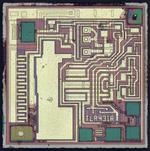
“A die photo of the interesting but little-known TL431 power supply IC provides an opportunity to explore how analog circuits are implemented in silicon. While the circuit below may look like a maze, the chip is actually relatively simple and …

“I wanted to test a pc power supply At first I was messing about with some big resistors but then I decided it would be nice to have an “active load” that you can set to a particular current. You …
Project Automatically re-connecting low-voltage cut-outs for 12 and 24 volt lead acid battery systems
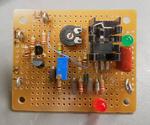
“In a previous post I described a simple circuit that provided a low-voltage cut-out that could be used in a battery-operated system - see the article “A latching low-voltage disconnect for 12 volt lead-acid and lithium batteries”. That circuit - intended mostly …
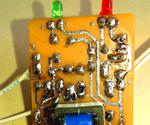
“Every one heard about SMPS. But how many know about its working?? SMPS is a wonder for me. So I am search much more about it. Now I know little bit about it. Here I am trying to introduce a …
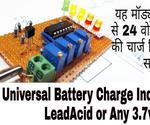
“As we all deal with various potential battery e.g 3.7v li-po li-ion battery, 6v 9v, 12v, 24v lead acid battery. It can be charged using its respected chargers but if we want to monitor charge status then we …

“I brought a rundown old moped from my auntie a while ago, although it was a little beaten up she ran just fine, so i gave her a breath of life and now shes once again road worthy ( MOT guy …

“Laser power tool.e-dohicky is the electronic version of the dohicky from Russ SADLER. The procedure begins as described by RUSS. It is necessary to begin by choosing an exposure time among 3 proposed by RUSS, 10.25, 20.5 …

“There are two things that you don’t want to do with any rechargeable battery on a routine basis: Overcharge it. Overdischarge it. While the above are true for lead-acid batteries, they are particularly true of Lithium-Ion chemistries, but for …
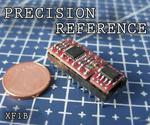
“If you’ve ever worked with the ADC of an Arduino you’ve probably discovered that the readings aren’t accurate at all. And it gets even worse about it’s rated temperature range. There are many reasons for this …
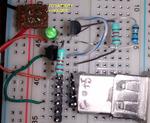
“I like LiFePO4 batteries. They have a rather flat discharge at around 3.2V, which is ideal for powering 3.3V devices without a regulator. You can also use them in devices that take 2 standard AA cells by using …
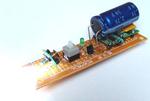
“This is an example of a supercapacitor flashlight that can be charged with a standard 1A smartphone charger.”

